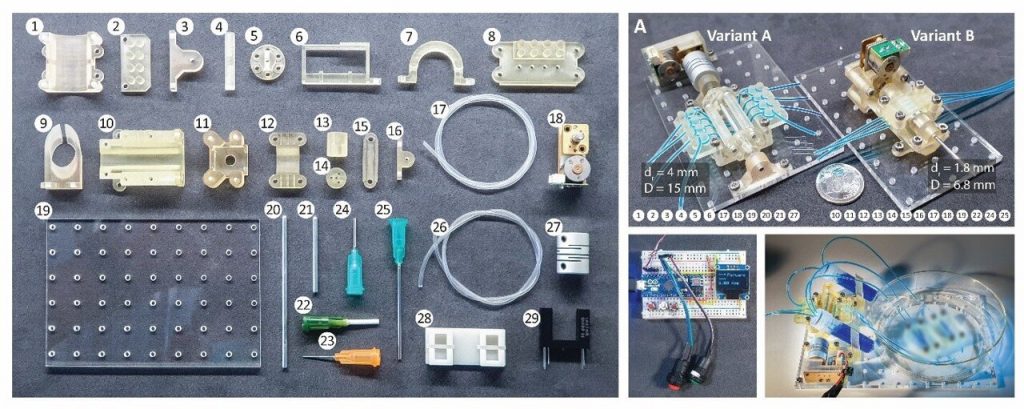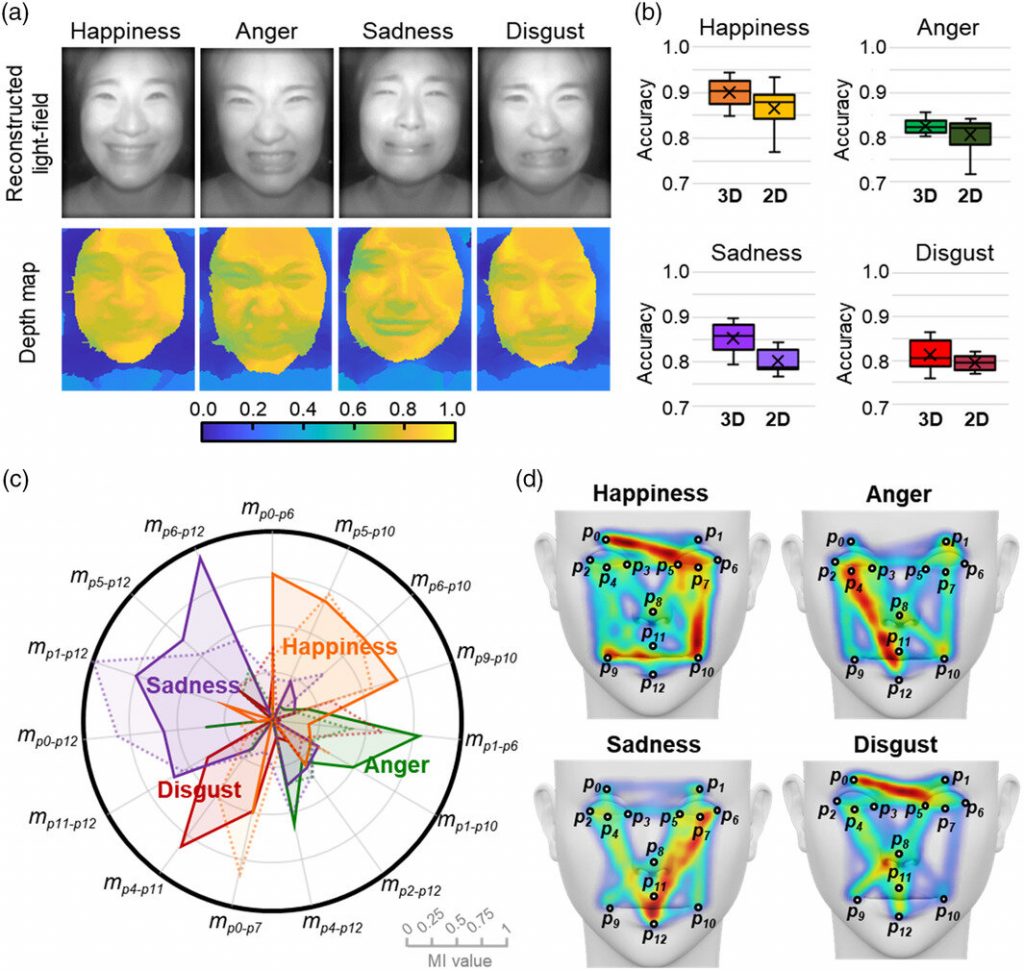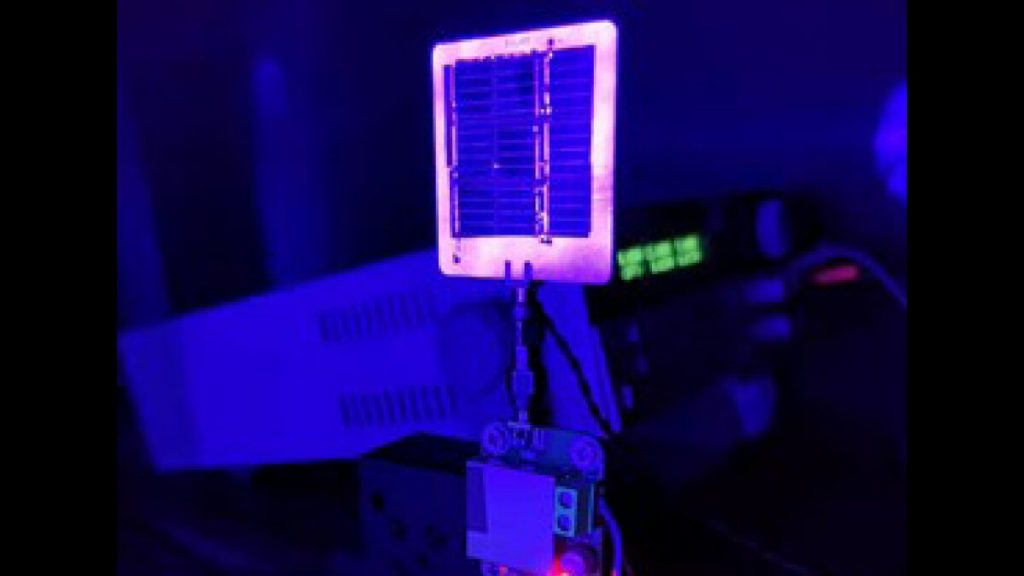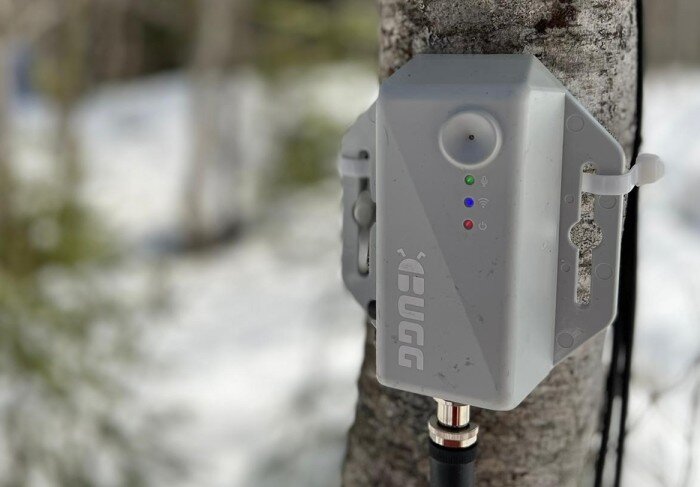Figure 1: Abstracted view of a possible future high-performance system. High-performance die with 3D-SOC stacked memory are implemented on an active interposer chip which acts as a data gateway and connects in a ‘2.5’ fashion with local high bandwidth memories and optical transceiver modules (as presented at 2021 IEDM). Credit: IMEC 3D system-on-chip (3D SOC),…
Category Archives: Hardware
Figure 1: Schematics of (top) a domain wall device where data can be stored, but also transported fully electrically; (bottom) envisaged applications, from left to right: racetrack memory, spin-torque majority gate as beyond-CMOS logic device, and synaptic weight generator for neuromorphic computing. Credit: IMEC Magnetic domain wall devices have attracted great attention as a promising…
Credit: CC0 Public Domain Officials from IBM and Samsung announced at this year’s IEDM conference in San Francisco a collaboration on a new chip design that adds transistors vertically on a chip. As part of their announcement, they suggested that their vertical transport field effect transistors (VTFET) could double the speed of processor chips, or…
To make microfluidic pumps more accessible to the scientific community, SUTD researchers developed a highly-customisable, 3D-printed peristaltic pump kit, where users from around the world can download the design files, 3D-print and assemble their do-it-yourself peristaltic pump. Credit: SUTD The development of microfluidic systems for lab-on-a-chip (LoC) and organs-on-a-chip (OoC) applications require precise fluid flow…
The virtual walking system. Credit: Toyohashi University of Technology. Walking is a basic human activity that improves human physical and mental health. However, physical disabilities and the COVID-19 pandemic have discouraged people from walking outside. To remove these limitations, a research team at Toyohashi University of Technology in collaboration with researchers at the University of…
Brain-inspired device used for integrating both silent and functional synapses. Credit: SUTD A research team, led by Assistant Professor Desmond Loke from the Singapore University of Technology and Design (SUTD), has developed a new type of artificial synapse based on two-dimensional (2D) materials for highly scalable brain-inspired computing. Brain-inspired computing, which mimics how the human…
The simulation tool developed by Helmut Schreiber of TU Graz for the transponder occupancy in Austrian airspace is now being further developed for European airspace. Credit: Lunghammer – TU Graz Transponders are part of the mandatory equipment of civil aircraft: they are electronic devices that respond to radar interrogations and thus help air traffic control…
Facial expression reading based on MLP classification from 3D depth maps and 2D images obtained by NIR-LFC. Credit: KAIST A joint research team led by Professors Ki-Hun Jeong and Doheon Lee from the KAIST Department of Bio and Brain Engineering reported the development of a technique for facial expression detection by merging near-infrared light-field camera…
Researchers showed that high data rates can be achieved by using an array of solar cells as the detector in an underwater wireless optical communication system. Credit: Jing Xu, Zhejiang University Although solar cells are typically designed to turn light into power, researchers have shown that they can also be used to achieve underwater wireless…
Credit: Imperial College London Cheap, reliable audio recorders developed at Imperial have been used to reliably identify birds by their songs in a large trial in Norwegian forests. The researchers are exploring whether we can build up an accurate picture of the makeup of life in forests and other ecosystems using such audio devices, recording…










